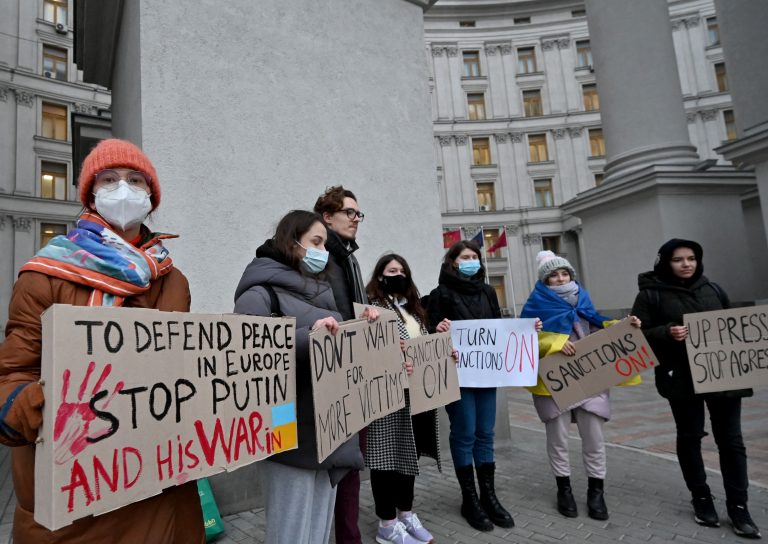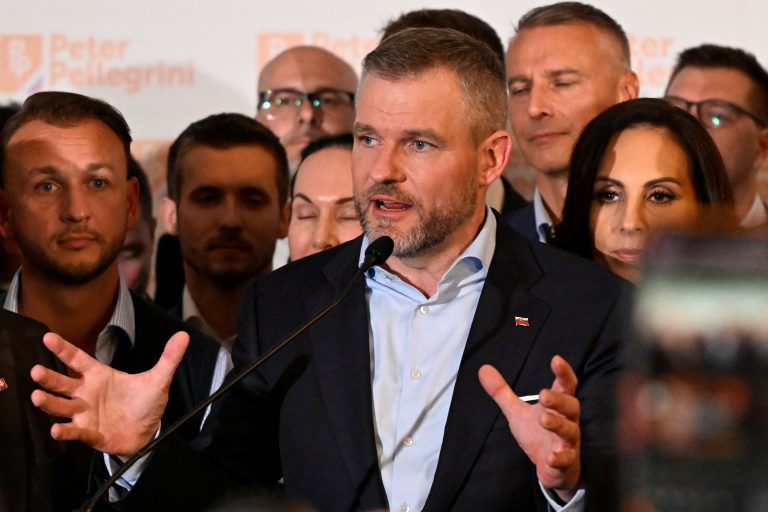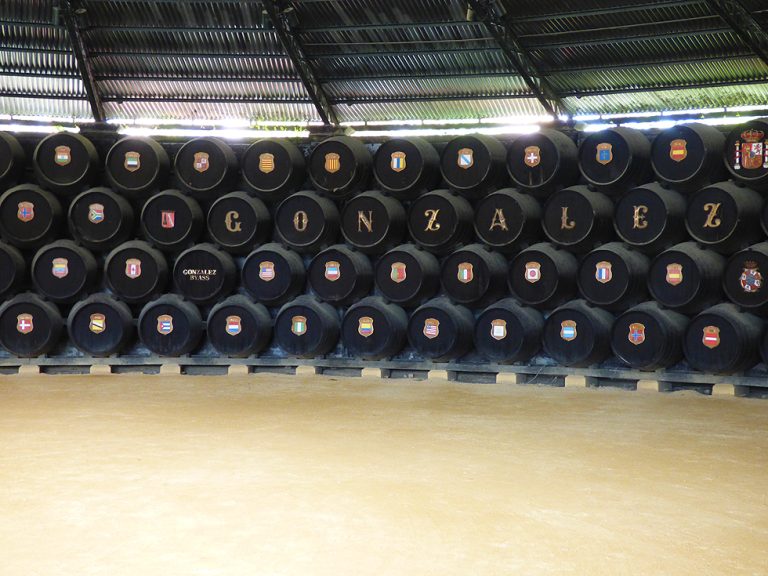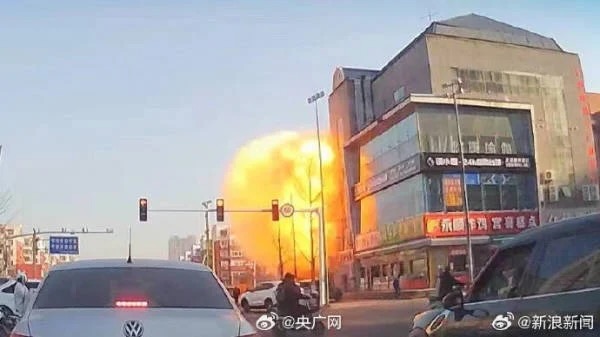Olaf Scholz, the new chancellor of Germany, has responded to the Kremlin’s recognition of separatist-held regions in the Ukraine by halting the lucrative Nord Stream 2 natural gas pipeline between Germany and Russia.
Scholz said on Feb. 22 that it was necessary to “send a clear signal to Moscow that such actions won’t remain without consequences,” calling Russian President Vladimir Putin’s speech the previous day a “one-sided, incomprehensible and unjustified action.”
The Nord Stream 2 gas pipeline, of which the first line was completed last June, is intended to join its predecessor Nord Stream 1 in connecting Russian natural gas with European consumers. The lines run through the Baltic Sea, eliciting the ire of the United States and Ukraine due to the fact that they increase Russia’s leverage over Central Europe, as well as bypass tolls associated with routing the lines over land through Eastern Europe.
Scholz’ announcement puts certification of Nord Stream 2 on hold, rather than completely ending the project.
After recognizing the Donetsk and Luhansk “people’s republics” in Eastern Ukraine, Putin announced that Russian troops would move into the two Ukrainian regions to “maintain peace.”
Success
You are now signed up for our newsletter
Success
Check your email to complete sign up
The U.S. has initiated a range of sanctions on Russia for the action, with the White House saying that the Kremlin’s move constitutes an “invasion.”
Parts of Donetsk and Luhansk, located in the Donbas region of eastern Ukraine, have been under de facto Russian occupation since 2014, when pro-Kremlin separatists ousted Ukrainian government forces from the area. However, the Kremlin up until now has never officially recognized the self-proclaimed states as independent countries.
Many of the soldiers fighting on the separatist side are suspected to be Russian troops not wearing official markings, while much of the weaponry keeping the Ukrainian army at bay are modern Russian hardware not normally seen among guerrilla fighters‚ such as advanced tanks and anti-aircraft missile systems.













